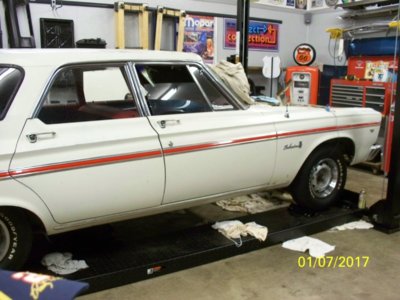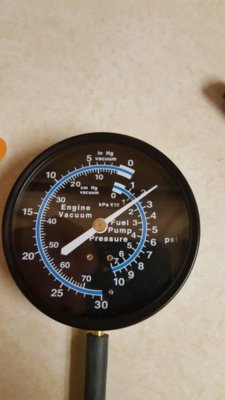Old Biker Trash
Member
I've dropped a crate 360 into a 65 Belvedere Wagon and added "The Right Stuff" disc brake conversion on the front. Motor dyno sheet says tested and ran 15.0 at 900 rpm and 20.0 1800 rpm. This is definitely enough to run brakes. BUT when I take a reading at the manifold, I was only getting 9-10 at 1000 rpm. I am not doubting the dyno sheet, Carolina Machine Engines has a good rep and the motor runs flawless. I bled the brakes 4-5 times so not doubting that but the vacuum just isn't there. Have the 3/8 hose from rear of manifold to booster and from carb to pvc. Don't really see or hear a leak??? Any thoughts, I know there is a lot more knowledge that me out here so I'm open to ideas.



















